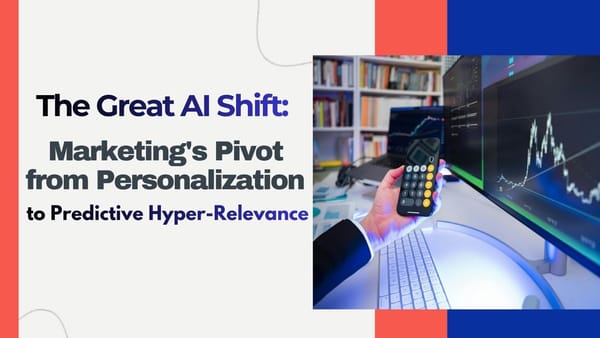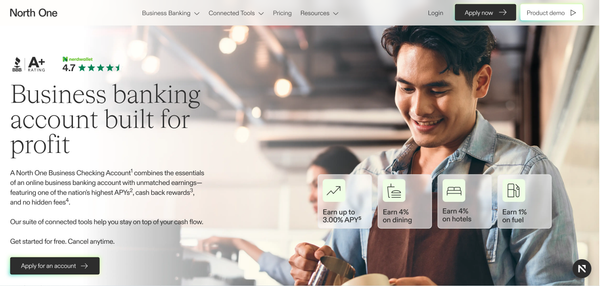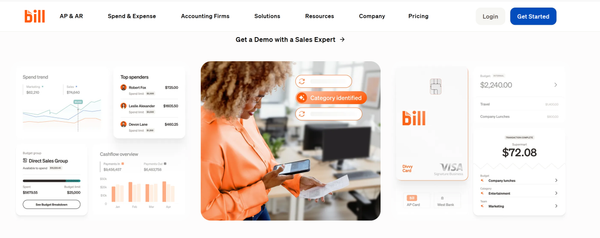Navigating the Post-Cookie Era: A Comprehensive Guide to Future-Proofing Your Marketing Strategy
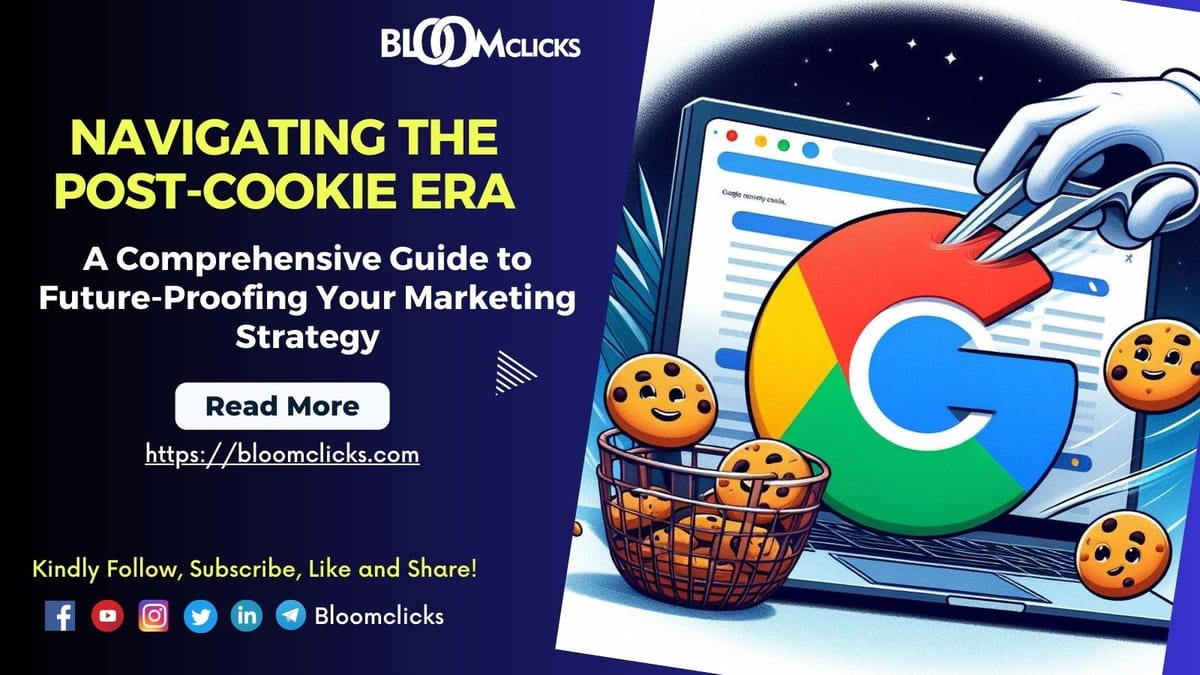
In January 2024, Google initiated a seismic shift in the digital marketing and advertising landscape by embarking on the phased removal of third-party cookies from its Chrome browser. This involved removing cookies from one percent of Chrome users initially, which accounted for approximately 30 million users globally. Google has announced its intention to continue this phased approach and completely disable third-party cookies for all Chrome users by the third quarter of 2024.
This move, impacting around 3.22 billion Chrome browser users globally, marked the beginning of a transformative journey that would eventually extend to all Chrome users by Q3 2024. With Chrome commanding a market share of 63.56% of global internet users, based on data from Statista, the implications for digital marketing are profound.
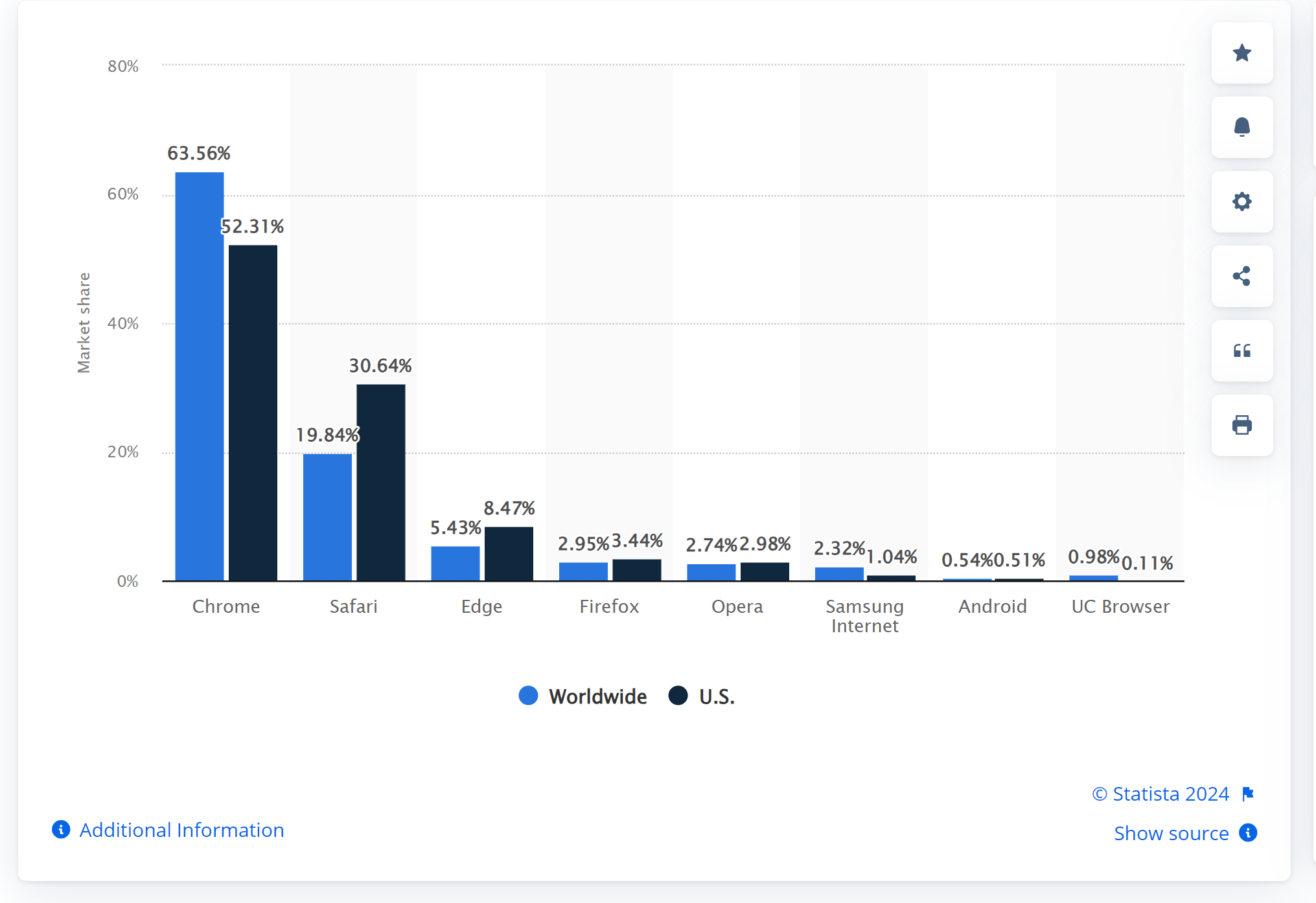
The digital advertising landscape is constantly evolving, and businesses need to adapt and innovate to stay ahead of the competition and reach their target customers. However, many businesses face challenges and uncertainties in their digital marketing strategy, such as:
- The decline of third-party cookies limits the ability to track and target customers across different websites and devices.
- The rise of privacy regulations, such as GDPR and CCPA, requires businesses to obtain consent and respect the preferences of customers regarding their personal data.
- The increase in ad fraud, ad blocking, and ad fatigue reduces the effectiveness and efficiency of digital advertising campaigns.
These challenges pose a threat to the future of digital advertising, and staying ahead of the curve is crucial for businesses looking to thrive in the online realm. Innovative solutions are needed to future-proof marketing strategies. Businesses need to find new and better ways to connect and engage with their customers while respecting their privacy and preferences.
The era of cookies is fading away, paving the way for a new era of data-driven strategies. As we bid adieu to third-party cookies, businesses need to rethink their advertising and marketing game plans. The secret to long-term success lies in harnessing the power of zero- and first-party data—a transformative approach that not only ensures compliance with privacy regulations but also establishes deeper, more meaningful connections with your audience.
The Demise of Cookies: A Turning Point in Digital Advertising and Marketing
For years, third-party cookies have been the backbone of targeted advertising, enabling businesses to track user behaviour across the web. However, privacy concerns, evolving regulations, and browser updates are bringing this era to an end. As third-party cookies crumble, companies must adapt to a new reality where consumer privacy takes centre stage.
Transforming Your Advertising and Marketing Strategy for Long-Term Success
- Unlocking Zero-Party Data: Building Trust Through Direct Engagement
Zero-party data refers to information that consumers willingly and proactively share with a business, providing valuable insights into preferences and expectations. Engage with your audience directly through surveys, polls, preference centres, feedback forms, and interactive content to collect data ethically and transparently. This can include preferences, interests, and explicit consent for data usage.
Application: Encourage customers to provide direct feedback, participate in surveys, or willingly share their preferences. This data is valuable because it comes directly from the source and can be used to tailor personalized experiences.
- Leveraging First-Party Data: Unveiling Actionable Insights
First-party data is information that a business collects directly from its audience. This includes customer behaviour, transaction history, website interactions, and more. First-party data, derived from your direct interactions with customers, is a goldmine of actionable insights. Analyze this data to understand consumer behaviour, preferences, engagement patterns, and the customer journey, allowing you to create targeted and personalized campaigns.
Utilize customer feedback, purchase history, and engagement patterns to refine your messaging and deliver content that resonates with your audience.
- Building Trust and Enhancing Personalization: Crafting Tailored Experiences
Personalized experiences are no longer optional; they are an expectation. Utilize the data collected to create highly personalized and relevant content for your target audience. From email campaigns to website interactions, tailor every touchpoint to meet individual preferences.
In a world where trust is the currency of consumer relationships, zero- and first-party data have become the gold standard. By explicitly asking customers for their preferences and consent, you not only respect their privacy but also build a foundation of trust. This trust allows you to create hyper-personalized experiences, tailoring your marketing efforts to individual preferences and behaviours.
Personalization not only improves customer satisfaction but also increases the likelihood of conversion and brand loyalty.
- Adopting Advanced Analytics: Making Informed Decisions
Implement advanced analytics tools to extract meaningful insights from the abundance of data at your disposal. Machine learning algorithms can help identify patterns, predict trends, and optimize your advertising strategies for maximum impact. By making informed decisions based on data-driven insights, you can allocate resources efficiently and adapt your approach in real time to changing market dynamics.
Implement advanced analytics tools and dashboards to regularly monitor and analyze zero- and first-party data. Utilize A/B testing to experiment with different marketing approaches and optimize strategies based on real-time performance data.
- Navigating Privacy Concerns: The Road to Compliance and Consent
As privacy regulations tighten, businesses must navigate the fine line between personalization and compliance. Zero- and first-party data empowers you to stay on the right side of the law by obtaining explicit consent and ensuring transparent data practices. This not only safeguards your brand reputation but also positions you as a responsible steward of customer information.
Stay abreast of privacy regulations such as GDPR, CCPA, or any other regional data protection laws. With growing concerns about data privacy, prioritize compliance with regulations such as GDPR and CCPA. Communicate your data usage policies and ensure that customers have control over their information.
Obtaining explicit consent not only builds trust but also ensures that your data collection practices are aligned with legal requirements. Implement robust consent management systems to ensure compliance and give customers control over their data.
- Building a Future-Proof Framework: Agility and Adaptability
Develop a flexible and adaptive framework that allows for continuous optimization. Technology and consumer behaviours evolve, and your strategy should be nimble enough to embrace emerging trends. Regularly assess and update your approach, integrating new technologies and methodologies, to stay at the forefront of the ever-changing marketing landscape. Stay informed about industry changes and technological advancements.
Develop an agile marketing framework that allows for quick adjustments in response to shifting consumer behavior or regulatory changes and fosters a culture of adaptability within the marketing team.
- Invest in Customer Relationship Management (CRM):
Strengthen CRM Systems: Enhance CRM systems to consolidate customer data from various touchpoints and leverage comprehensive customer profiles for more targeted and personalized interactions.
Customer-Centric Approach: Prioritize customer relationships over short-term gains, focusing on delivering consistent value throughout the customer lifecycle. Implement strategies that foster loyalty and encourage repeat business.
- Crafting Targeted Campaigns with Precision
Bid farewell to generic, one-size-fits-all campaigns. With zero- and first-party data, you gain a granular understanding of your audience, enabling you to create targeted campaigns that resonate on a personal level. This precision not only boosts engagement but also increases the likelihood of conversion.
It's a strategic move towards future-proofing your marketing endeavours. By building direct relationships with your audience and relying on data that customers willingly provide, you insulate your business from the volatility of external changes.
- Embrace the Change, Thrive in the Cookieless Future
Cookieless tracking is the practice of identifying and tracking users without relying on third-party cookies, which are small pieces of data stored by web browsers that allow advertisers to track users across websites. Cookieless tracking can help businesses reach new audiences with personalized and relevant ads without compromising user privacy.
Pixel tracking is a method of cookieless tracking that uses a small image or code embedded in a web page or an email to collect information about user behaviour, such as views, clicks, conversions, etc. Pixel tracking can help businesses measure the performance of their campaigns and optimize their marketing strategies.
In conclusion, the cookie era may be drawing to a close, but the opportunities for innovative marketing are just beginning. Transforming your advertising and marketing strategy through zero- and first-party data is not merely a response to a changing landscape; it's a proactive decision to reshape the future of your business. The goal is to foster long-term relationships with customers by demonstrating the responsible use of data and consistently providing personalized interactions that align with their preferences and behaviours. Embrace the change, and watch as your brand not only survives but thrives in the evolving world of digital marketing.


